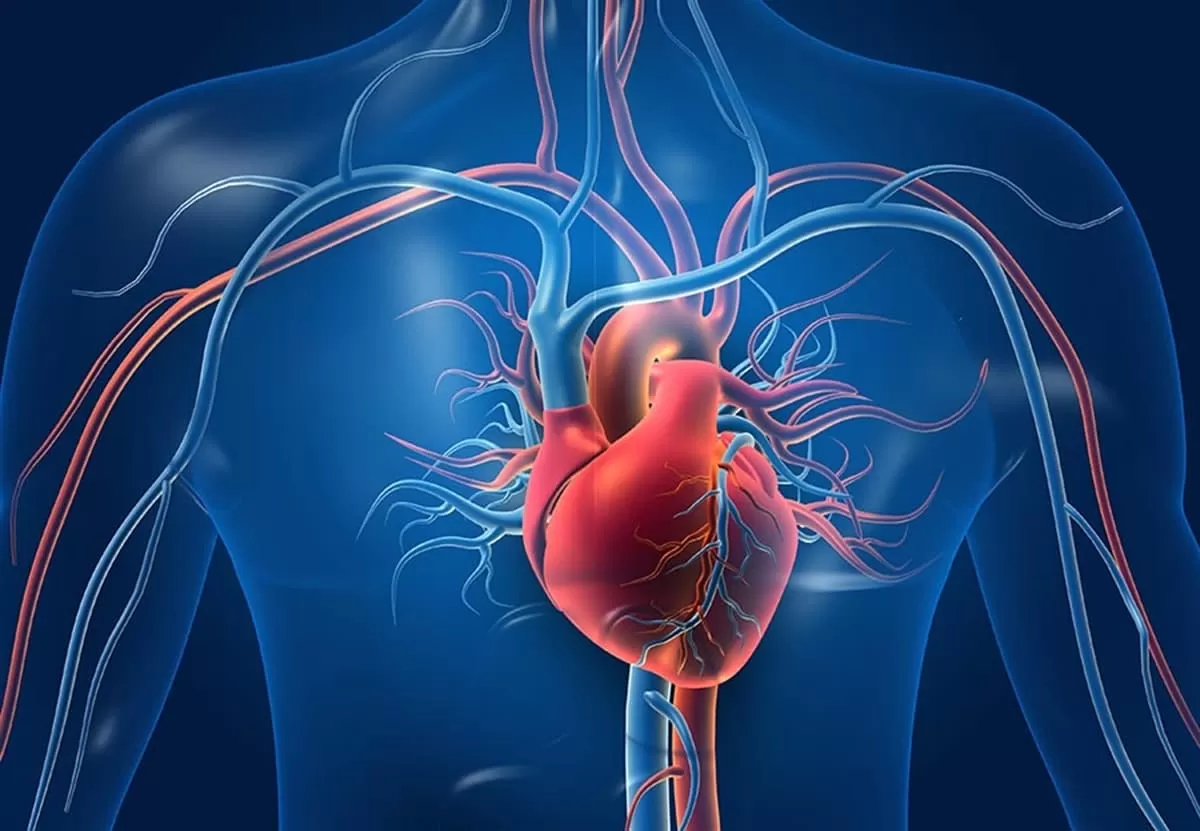Pericardial mesothelioma is a rare and aggressive form of cancer that develops in the pericardium, the thin sac that surrounds the heart. Accounting for only 1% to 2% of all mesothelioma cases, this disease is not only difficult to diagnose but also challenging to treat. Despite its rarity, understanding pericardial mesothelioma is crucial for advancing research and improving outcomes for patients.
In this article, we’ll explore the causes, symptoms, diagnosis, and treatment options for pericardial mesothelioma, and share real-life stories of individuals who have faced this challenging diagnosis.
What is Pericardial Mesothelioma?
Pericardial mesothelioma occurs when malignant cells form in the pericardium. This protective membrane has two layers: a visceral layer that is attached to the heart muscle, and a parietal layer that forms the outer sac. The space between these layers contains a small amount of fluid, which helps to lubricate the heart’s movements.
When mesothelioma develops in the pericardium, it can lead to a thickening of these layers and an increase in fluid, putting pressure on the heart and impairing its function. This can result in a range of symptoms that often mimic other cardiac conditions, making early diagnosis challenging.
Causes and Risk Factors
The primary cause of mesothelioma, including the pericardial type, is exposure to asbestos. Asbestos is a naturally occurring mineral that was widely used in construction, manufacturing, and other industries due to its heat-resistant properties. When asbestos fibers are inhaled or ingested, they can become lodged in the lining of the organs, leading to inflammation and, over time, the development of cancer.
While pericardial mesothelioma is rare, it is believed that asbestos fibers may reach the pericardium through the bloodstream or lymphatic system after being inhaled into the lungs. Other potential risk factors include genetic predisposition and exposure to certain radiation types, although these are less clearly understood.
Symptoms of Pericardial Mesothelioma
The symptoms of pericardial mesothelioma can be vague and may resemble those of other heart conditions, making diagnosis difficult. Common symptoms include:
- Chest Pain: Persistent discomfort or pain in the chest area.
- Shortness of Breath: Difficulty breathing, especially during physical activity.
- Palpitations: Sensations of irregular or rapid heartbeats.
- Fatigue: Unexplained tiredness or weakness.
- Cough: A chronic cough that may not be linked to respiratory infections.
- Fever and Night Sweats: Unexplained fever or sweating during the night.
These symptoms can lead to misdiagnosis, with patients often being treated for other cardiac or respiratory conditions before pericardial mesothelioma is identified.
Diagnosis of Pericardial Mesothelioma
Diagnosing pericardial mesothelioma involves a series of steps, starting with a thorough medical history and physical examination. Given the rarity of the disease, doctors may not immediately suspect mesothelioma, making patient history crucial, especially any known exposure to asbestos.
Diagnostic Tests
- Imaging Studies: Chest X-rays, CT scans, and MRIs can help identify abnormalities in the pericardium and assess the extent of the disease.
- Echocardiogram: An ultrasound of the heart that provides detailed images of the heart’s structure and function.
- Pericardiocentesis: A procedure to remove excess fluid from the pericardial sac for analysis.
- Biopsy: A definitive diagnosis is often made through a biopsy, where a tissue sample from the pericardium is examined for cancerous cells.
Treatment Options for Pericardial Mesothelioma
Treatment for pericardial mesothelioma can be challenging due to the delicate location of the tumor and the overall poor prognosis associated with the disease. Treatment options are often palliative, aimed at relieving symptoms and improving the patient’s quality of life.
Surgery
Surgical options may include pericardiectomy, the removal of part or all of the pericardium to reduce symptoms and control fluid buildup. However, surgery is not always feasible due to the tumor’s location and the risk of complications.
Chemotherapy
Chemotherapy is often used to target and kill cancer cells, although its effectiveness in treating pericardial mesothelioma is limited. Common chemotherapy drugs for mesothelioma include pemetrexed and cisplatin.
Radiation Therapy
Radiation therapy may be used to shrink tumors and alleviate symptoms, though its use is limited due to the proximity of the heart and potential damage to healthy tissues.
Emerging Treatments
Emerging treatments, such as immunotherapy and targeted therapies, offer hope for improved outcomes in mesothelioma patients. These treatments aim to enhance the body’s immune response or specifically target cancer cells, minimizing damage to healthy tissues.
Real-Life Stories of Pericardial Mesothelioma
Understanding the human impact of pericardial mesothelioma is vital in raising awareness and promoting early detection. Here are two real-life stories that highlight the challenges and resilience of those affected by this rare disease.
David’s Story: A Journey Through Pericardial Mesothelioma
David, a retired construction worker from Ohio, began experiencing chest pain and shortness of breath at the age of 68. Initially diagnosed with heart disease, David underwent several treatments without significant improvement. After multiple visits to specialists and a pericardial biopsy, he was diagnosed with pericardial mesothelioma.
Despite the late-stage diagnosis, David approached his treatment with determination. He participated in a clinical trial for an experimental immunotherapy drug, which helped to stabilize his condition and improve his quality of life. David’s story underscores the importance of perseverance and seeking multiple medical opinions when faced with persistent health issues.
Maria’s Story: Advocating for Awareness
Maria, a 55-year-old teacher from New York, was diagnosed with pericardial mesothelioma after experiencing prolonged fatigue and palpitations. Her diagnosis came as a shock, as she had no known history of asbestos exposure. However, further investigation revealed that she had been exposed to asbestos fibers in the school’s old heating system.
Following her diagnosis, Maria became an advocate for mesothelioma awareness, sharing her story to highlight the dangers of asbestos exposure and the need for early detection. She underwent chemotherapy and radiation therapy and is currently participating in an experimental treatment program.
Maria’s advocacy work has helped raise awareness about mesothelioma and the importance of proper asbestos management in schools and public buildings. Her story serves as a reminder of the broader impact of asbestos exposure on communities.
Conclusion
Pericardial mesothelioma is a rare but aggressive cancer that poses significant challenges in diagnosis and treatment. While its prognosis remains poor, advances in medical research and emerging therapies offer hope for improved outcomes. Understanding the symptoms, risk factors, and treatment options for pericardial mesothelioma is crucial for patients, healthcare providers, and advocates.
Real-life stories like those of David and Maria demonstrate the resilience and determination of individuals facing this difficult diagnosis. Through increased awareness and continued research, we can work towards better prevention, detection, and treatment of pericardial mesothelioma, ultimately improving the lives of those affected by this rare disease.

Medical oncologist Dr. Anne Wolf is director of the Mesothelioma Program and chair of the Clinical Research Committee at the University of Texas MD Anderson Cancer Center in Houston.

